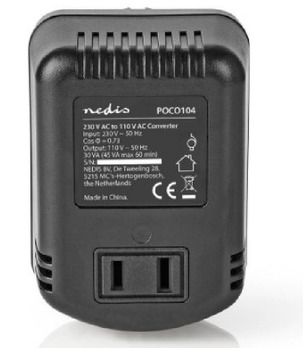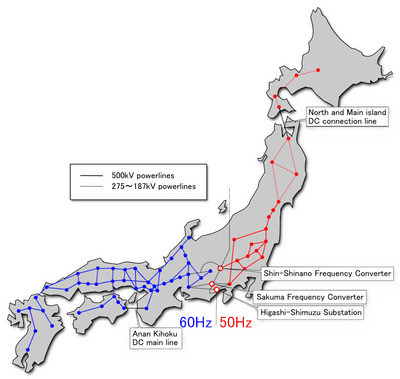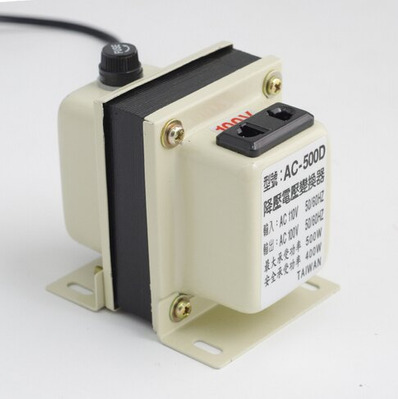DaShad0w wrote on 2022-12-09, 10:34:Dear Andre, […]
Show full quote
andre_6 wrote on 2022-04-28, 14:35:
Jo22 wrote on 2022-04-20, 12:52:Just to be sure, please check if the step-down converter does support computer's/laptops.
If it does, chances are good that the […]
Show full quote
Just to be sure, please check if the step-down converter does support computer's/laptops.
If it does, chances are good that the step-down converter creates a clean sine or near-sine signal.
Because, in the past, this was a stumbling stone.
Cheap converters had no transformer, but merely resistors/caps.
Such converters were not compatible with switching-psu's used in computers or laptops.
These cheap converters did produce a "dirty signal", kind of a square wave.
Anyway, these times are long gone, I assume.
I just felt the need to mention this..
I ended up getting the converter shown in the first post, it's heavy as a brick so I assume it has a transformer plus all the other stuff inside
Dear Andre,
Are you still using the step down convertor you shown in this topic? and if yes, is it working good?
i am also looking for a step down convertor for a jap Saturn.
Thanks in advance.
Kind Regards,
Ronald
Hello Ronald, sorry for the late reply, I don't login as a user here that often so your quote passed me by. Hope you can read this in time for your endeavours.
Yes I am still using the step down converter shown in my first post. The reason why I decided to keep it specifically for my Jap Saturn is because if you open the Jap Saturn itself, you will see that the power supply indicates on its PCB (or something along those lines) that the supported voltage value is actually more than what is stated in its outside shell in the back, and those are the values you have to truly consider. I should have taken a photo of that but I totally forgot at the time. I don't want to mistake you regarding the values, but I'm pretty sure it stated in the PCB that it actually supports up to 120 volts instead of 100v. I remember that when I saw it I was totally relieved.
With the Sega Jap Saturn Model 2 then handling up to 120v and with this specific step down transformer everything runs totally ok, no sound or image interference on my CRT TV, I am very happy with it. But naturally for serious collectors I can't recommend the transformer for other Japanese consoles, I imagine it would also be ok at 100v as explained in this thread, but one would be wise to read and be aware of the knowledgeable advice that I got from everyone above.
Finally, do check your Saturn's PSU PCB inside as Sega made multiple revisions of its Model 1 and 2, especially in Japan, just to be on the safe side - especially if you have an Hitachi, Victor or Samsung made variant. When entering Saturn's period Sega was already losing lots of money and they started tinkering with and mixing off the shelf parts for cost cutting measures. The Dreamcast was almost completely made that way.
Hope this helps, happy holidays and an excellent 2023 for you and yours. Playing some Christmas (or Winter) Nights really puts you in the season's mood!



